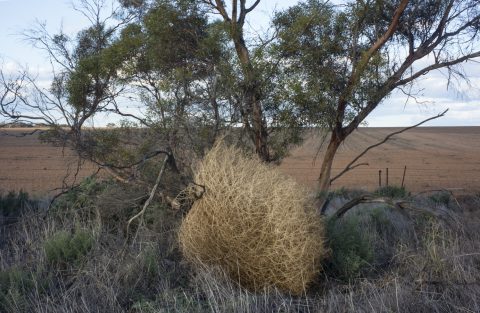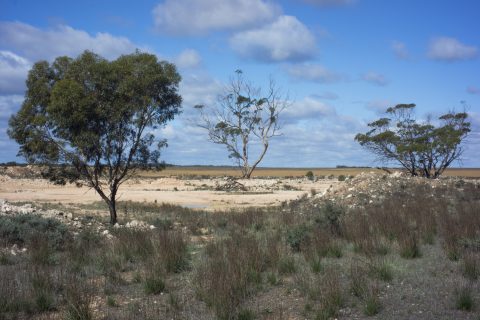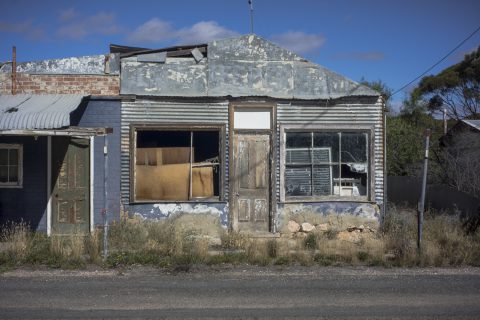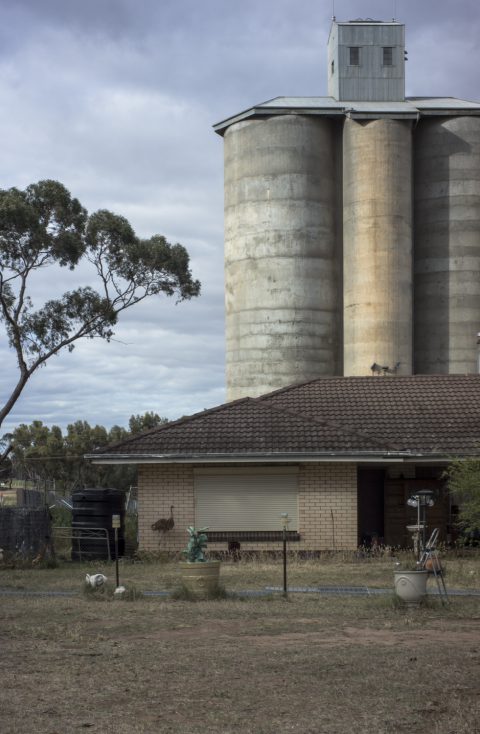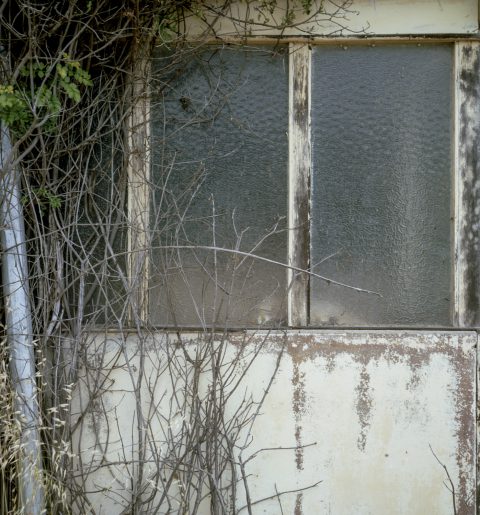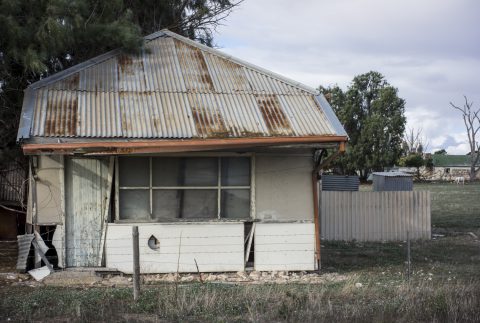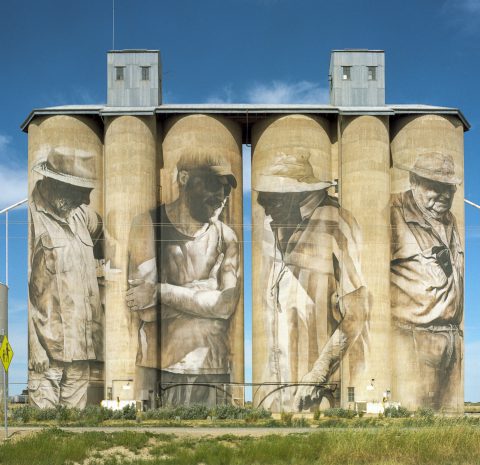The Mallee and the pastoral
Photographing the rural landscapes of the Mallee country needs to be distinguished from the idyllic pastoral tradition in Australian visual culture that in the Heidelberg tradition emphasised the tamed farmland with its abundance of natural resources. The artists represent this in … Read More


